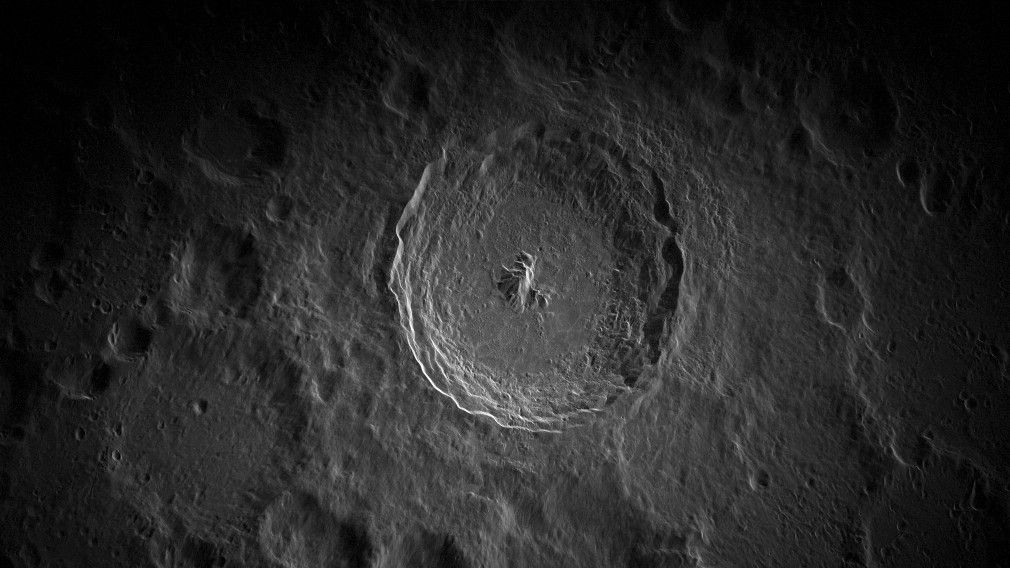Tiny glass Moon beads could be hiding a reservoir of water that astronauts can tap into when we send them back to the Moon. According to a new paper published in Nature Geoscience, tiny silicate glass beads discovered on the Moon’s surface are perfect for creating hidden troves of water on our lunar satellite.
The paper is based on findings made by China’s Chang’e 5 rover, which landed on the Moon in December 2020. The rover then spent two weeks exploring the Moon, even digging up almost four pounds of material to return to Earth for scientists to study. Among that material were several small glass beads, which scientists say came from an impact crater on the Moon’s surface.
The belief here is that the glass beads were created when meteorites crashed into the Moon, the intense heat from those crashes turning the material around it into those tiny beads. From there, solar winds bring hydrogen atoms and solar radiation bearing down on the beads, where those atoms interact with other substances trapped within the glass beads on the Moon.

According to the scientists involved in the paper, these beads sink into the Moon’s surface over time. These trapped beads lie under the Moon’s surface, which the scientists believe could act as a hidden reservoir of water for astronauts to tap into.
Further, because the Moon is constantly pelted with small meteorites, the scientists say it is likely there are enough beads hidden under the surface to create a reservoir of water equating to roughly 70 trillion gallons (270 trillion kilograms). It’s an insane amount of water, and if true, it would mean that we’d never have to worry about transporting water to the Moon, at least if we can find a way to harvest it on the Moon’s surface.
Of course, making use of these beads on the Moon requires us actually getting back to the Moon and creating the equipment needed to build a colony on the lunar surface – another matter altogether. Scientists recently created potato-based concrete that they plan to use in Martian bases during manned missions to Mars, so it could also theoretically work on the Moon.







